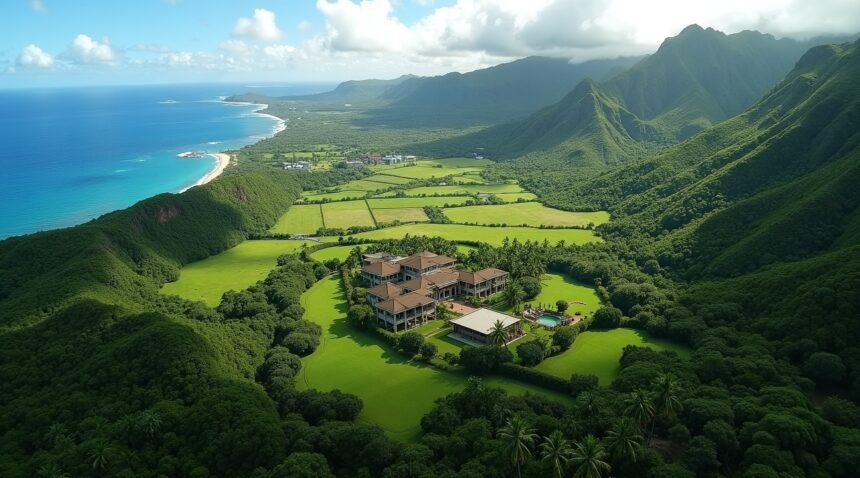Mark Zuckerberg’s Expanding Hawaiian Estate Raises Local Concerns
Mark Zuckerberg’s Hawaiian estate on Kauai has expanded to an extraordinary 2,300 acres through a recent $65 million land acquisition, creating a compound that now rivals local towns in size and has sparked significant controversy among island residents.
The Meta CEO’s Ko’olau Ranch estate has garnered national attention with its dramatic size increase and secretive nature. Encompassing ancestral Hawaiian lands, this private property development includes extensive infrastructure, security installations, and underground bunkers, which have left the local community expressing concerns about land access, cultural disruption, and exclusion from their heritage sites.
Key Takeaways
- Massive Scale: Zuckerberg’s estate now spans 2,300 acres with an estimated property value exceeding $300 million, making it more expansive than several established Kauai towns.
- Sacred Sites Enclosed: The property boundaries include confirmed and suspected ancestral Hawaiian burial grounds. Community members are concerned that traditional ceremonies and cultural practices may be disrupted due to restricted access to these sites.
- Restricted Access: Locals have reported that traditional trails and historic pathways used for generations to reach beaches and recreational areas are now blocked by security fences, checkpoints, and private patrols.
- Secretive Operations: Construction workers on the estate are reportedly required to sign strict non-disclosure agreements (NDAs), heightening a sense of secrecy and mistrust among local residents.
- Cultural Identity Crisis: The development shines a spotlight on broader tensions between private land conservation initiatives and native Hawaiian cultural identity. Many locals see the estate as emblematic of the disappearance of “old Kauai”—a place once open and strongly connected to community and land.
For more details and ongoing updates on this story, sources such as the Honolulu Civil Beat and Honolulu Star-Advertiser continue to provide in-depth local coverage.
Meta CEO’s 2,300-Acre Kauai Estate Now Rivals Local Towns in Size
Mark Zuckerberg’s Ko’olau Ranch estate on Kauai has grown to an extraordinary 2,300 acres, making it larger than many established towns across the Hawaiian island. The Meta CEO’s most recent land acquisition added approximately 1,000 acres through a $65 million purchase from the Mary Lucas Trust, a family with deep historical connections to the island’s plantation era.
The scale of Zuckerberg’s holdings becomes clear when compared to Kauai’s geography. His compound now spans an area that dwarfs several local communities, creating what essentially amounts to a private town under single ownership. The total value of his Kauai properties has surpassed $300 million, reflecting both the extensive acreage and the sophisticated infrastructure he’s constructed.
Massive Infrastructure Development Transforms Rural Landscape
The estate’s development includes features that rival commercial facilities in their scope and complexity. The property contains two primary mansions alongside dozens of additional structures that serve various residential and operational purposes. Guest quarters alone include sixteen bedrooms and an equal number of bathrooms, suggesting capacity for hosting large groups or maintaining significant staff.
Security infrastructure dominates much of the compound’s design philosophy. Underground bunker systems equipped with blast-resistant doors have been constructed, leading locals to describe these as ‘doomsday’ preparations. Three water pump buildings ensure independent water supply, while the massive lanai exceeds the square footage of many local family homes.
The secretive nature of the expansion has amplified concerns among Kauai residents who worry about the concentration of land ownership. Local controversy has intensified as community members question how such vast private holdings affect housing availability and community character on an island where land remains precious and limited.
The compound’s rapid growth mirrors patterns seen in other Zuckerberg ventures, where initial modest investments expand into significant operations. His approach to land acquisition on Kauai demonstrates the same methodical expansion strategy that characterizes his business dealings, though the financial scale here involves physical real estate rather than digital platforms.
The Mary Lucas Trust sale represents more than just another property transaction. It connects Zuckerberg’s modern tech wealth to Hawaii’s complex land ownership history, where plantation-era families accumulated vast holdings that are now changing hands. This transition from historic agricultural families to contemporary tech billionaires represents a fundamental shift in how Hawaii’s most valuable lands are controlled and utilized.
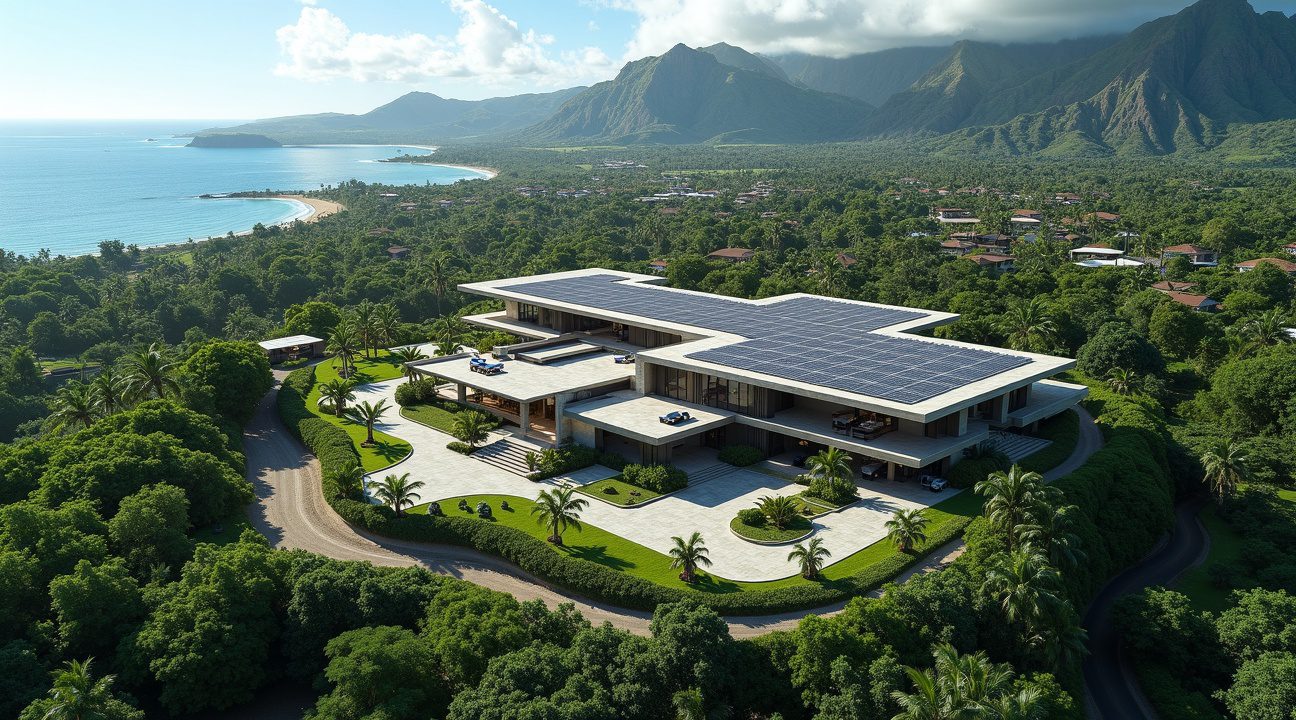
Sacred Burial Grounds Now Within Billionaire’s Private Estate
The expanded Zuckerberg compound encompasses areas containing confirmed and suspected ancestral Hawaiian burial sites, creating a complex intersection of private property rights and indigenous heritage preservation. In 2015, local resident Julian Ako collaborated with Zuckerberg’s representatives to officially register the graves of his great-grandmother and her brother, which now sit within the billionaire’s fenced property boundaries.
Hawaiian officials have determined through oral testimony that additional burial sites likely exist across the estate grounds. The Department of Land and Natural Resources relies heavily on community knowledge passed down through generations to identify these sacred locations, as traditional Hawaiian burial practices often left minimal surface markers.
Community Concerns About Access and Preservation
Local residents express ongoing concerns about their ability to honor ancestral burial sites now situated within private property. The fencing around Zuckerberg’s compound has raised questions about whether families can continue traditional practices of visiting and caring for ancestral graves.
Several factors contribute to community resistance:
- Restricted access to sites where families have historically conducted cultural ceremonies
- Concerns about potential disturbance during construction and landscaping activities
- Limited transparency about preservation measures being implemented
- Fear that sacred areas might lose their spiritual significance within a private estate setting
Past incidents have heightened suspicions among locals about the billionaire’s commitment to protecting Hawaiian heritage. Some community members worry that important burial sites might be overlooked or inadequately protected during ongoing development projects. The oral testimony documenting these locations represents generations of cultural knowledge that locals fear could be dismissed or undervalued.
Despite Zuckerberg’s team stating their commitment to preservation, many Hawaiians remain skeptical about long-term stewardship of their ancestral burial grounds. The situation reflects broader tensions between wealthy mainland purchasers and indigenous communities who view land as sacred rather than merely transactional property.
These sacred burial sites represent more than historical artifacts to Native Hawaiians – they’re living connections to ancestors and cultural identity. When such significant heritage areas become enclosed within private estates, it can feel like another layer of colonization to communities already struggling to maintain their cultural practices and land connections.
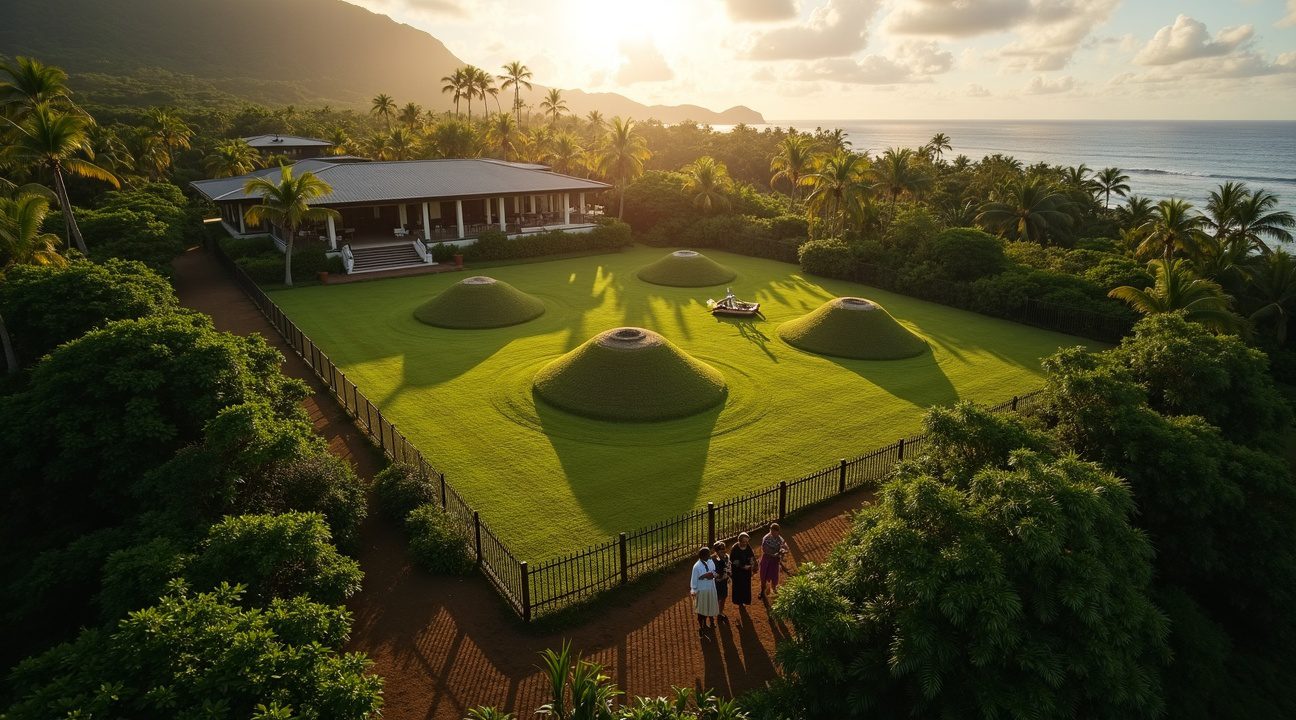
Strict Secrecy and Lost Access Fuel Local Resentment
The construction and expansion of Zuckerberg’s Hawaii compound operates under a veil of secrecy that has intensified local frustrations. Workers involved in the project must sign strict non-disclosure agreements, preventing any discussion of site activities or construction details. This level of confidentiality has created an atmosphere of mistrust among residents who feel excluded from understanding what’s happening in their own community.
Blocked Pathways and Restricted Movement
Community members report significantly reduced access to areas they’ve enjoyed for generations. Traditional trails that once connected locals and visitors to pristine beaches and coral reefs now feel completely off-limits. Long-standing paths to popular destinations like Larsen’s Beach have become inaccessible, forcing people to find alternative routes or abandon familiar recreational spots entirely.
The compound’s extensive security infrastructure compounds these access issues. Heavy fencing surrounds the property perimeter, while staffed checkpoints monitor any movement near the boundaries. Private security personnel patrol the area regularly, creating an intimidating presence that discourages even casual exploration of nearby public spaces.
Community Impact Beyond Physical Barriers
These restrictions extend far beyond simple inconvenience. Local families who have used these trails for fishing, recreation, and cultural practices find themselves cut off from ancestral lands and traditional activities. Visitors to the area report confusion and disappointment when discovering that previously accessible beaches and scenic areas are no longer available for exploration.
The combination of secrecy and restricted access has created a growing sense of resentment among community members. Many residents express feeling like outsiders in their own neighborhood, unable to understand or participate in decisions affecting their daily lives. The heavy-handed security measures particularly rankle locals who remember when the area felt open and welcoming to all.
Tourism operators also face challenges as popular destinations become unavailable to their clients. The visitor experience suffers when well-known trails and beaches suddenly disappear from accessible itineraries, forcing guides to explain why certain areas are now forbidden territory.
This situation reflects broader tensions between private property rights and community access in Hawaii, where land ownership patterns often conflict with traditional use practices. The stark contrast between the compound’s fortress-like security and Hawaii’s traditionally open, welcoming culture creates ongoing friction that shows no signs of resolution.
From Luxury Development to Conservation Claims
Zuckerberg’s approach to his Hawaiian land holdings has shifted dramatically since the initial acquisition. I’ve observed how the tech mogul canceled plans for 80 luxury homes that were originally slated for development across the property. This decision marked a significant departure from typical billionaire real estate ventures and redirected the land’s future use entirely.
Conservation and Agricultural Focus
The majority of the estate now serves purposes that Zuckerberg’s team frames as environmentally beneficial. Cattle ranching operations occupy substantial portions of the property, while organic farming initiatives have taken root across other sections. According to Zuckerberg’s spokesperson, these agricultural activities directly support local farming communities and contribute to Hawaii’s food security goals.
Endangered species conservation represents another pillar of the current land management strategy. The property hosts protection programs for native Hawaiian species, though specific details about these efforts remain limited. Zuckerberg’s team emphasizes how these conservation activities align with broader environmental protection goals for the islands.
Community Impact and Ongoing Concerns
Large financial gifts to local nonprofits have accompanied the land use changes, generating mixed reactions from Hawaiian communities. Job creation through the agricultural and conservation operations has provided employment opportunities that weren’t previously available. These positions range from ranch hands to environmental specialists, offering various skill levels within the local workforce.
Despite these positive developments, concerns about concentrated influence persist among Native Hawaiians and long-time residents. The scale of one individual’s control over land that many consider culturally significant continues to generate debate. Mark Zuckerberg’s Hawaii expansion represents a complex intersection of private wealth and traditional Hawaiian land relationships.
Critics point out that philanthropic gestures, while beneficial, don’t address fundamental questions about land ownership patterns in Hawaii. The transformation from luxury housing development to conservation may appear progressive, but it still concentrates decision-making power over significant acreage in the hands of a single non-Hawaiian billionaire. Local advocacy groups continue to monitor how these land use changes affect community access and cultural practices that have existed for generations.
The conservation claims, while potentially beneficial for environmental protection, raise questions about whether private ownership represents the most appropriate stewardship model for lands with deep cultural significance to Native Hawaiian communities.
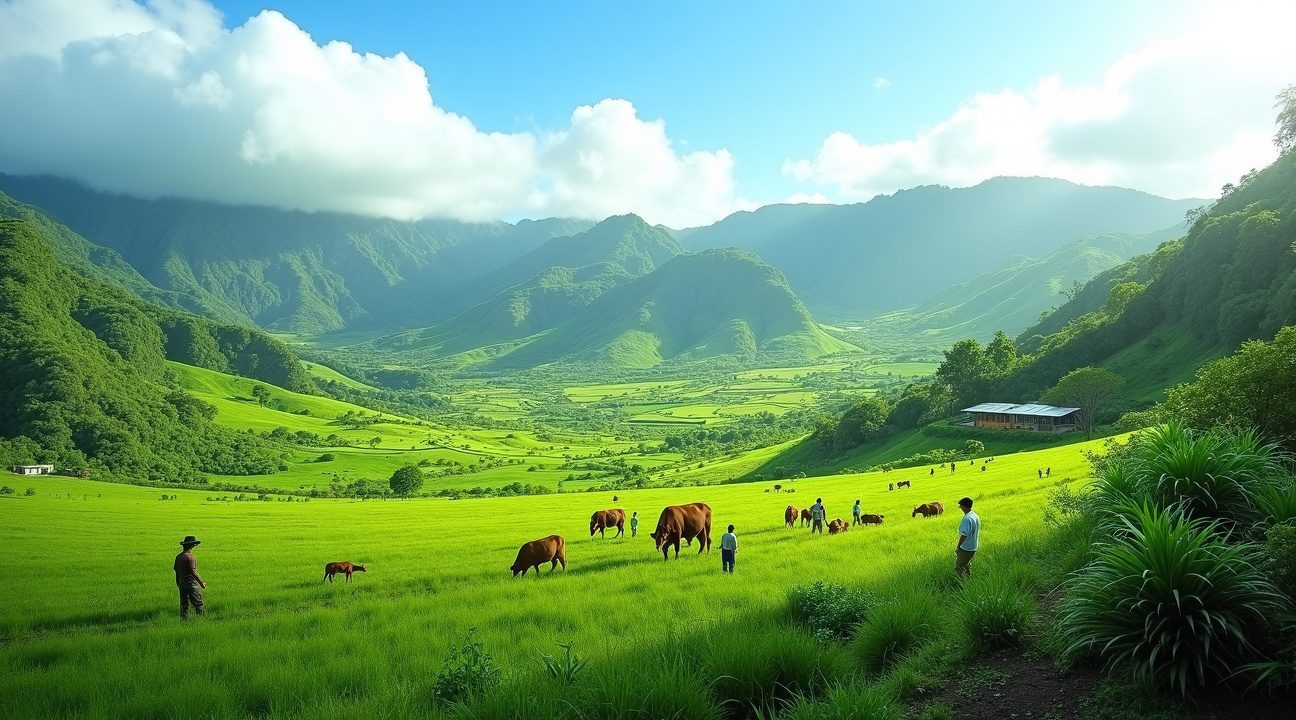
The Vanishing of “Old Kauai” and Cultural Identity Crisis
I observe a profound transformation occurring on Kauai that extends far beyond property lines and real estate transactions. Long-term residents describe the erosion of what they call “old Kauai”—a place where cultural continuity once flourished alongside an inherent sense of openness and community connection to the land. Mark Zuckerberg’s expanding compound has become a lightning rod for these deeper concerns about cultural identity and environmental stewardship.
The debate surrounding Zuckerberg’s acquisition reflects tensions that ripple through Hawaiian communities as billionaire land purchases become increasingly common across the islands. Local residents express frustration that their ancestral connection to place gets overshadowed by private conservation efforts, no matter how well-intentioned those efforts might appear on paper. They argue that true environmental preservation cannot exist independently from cultural heritage and community access.
Visitors who’ve returned to Kauai over decades notice stark changes in the island’s character. Previously accessible areas now feature restricted access signs and security measures that create barriers between communities and their traditional gathering places. The psychological impact of these changes affects how residents and visitors alike experience the island’s natural beauty and cultural significance.
Cultural Heritage Versus Private Conservation
The fundamental conflict centers on competing visions of land stewardship. Zuckerberg’s team promotes their conservation initiatives as protective measures for Kauai’s fragile ecosystems, pointing to habitat restoration and species protection programs within the estate boundaries. Critics counter that authentic environmental preservation requires community involvement and cultural continuity rather than exclusionary private ownership.
Hawaiian cultural practices that depend on access to specific locations face disruption when large estates restrict traditional gathering rights. Consider these key areas of concern:
- Traditional fishing and gathering practices that require coastal and inland access
- Cultural ceremonies and spiritual practices tied to specific geographic locations
- Educational opportunities for younger generations to learn about their heritage
- Community spaces that historically served multiple families and cultural groups
- Agricultural practices that connect families to ancestral land use patterns
The expansion pattern reflects a broader phenomenon affecting Hawaii’s outer islands, where luxury real estate development often occurs under the banner of environmental protection. However, local advocates argue that genuine conservation requires indigenous knowledge and community participation rather than top-down management approaches.
Billionaire land acquisition in Hawaii creates economic pressures that extend beyond individual properties. Property values rise in surrounding areas, making it increasingly difficult for local families to maintain their connections to ancestral lands. Young people often find themselves priced out of communities where their families have lived for generations.
The concept of communal land use, deeply embedded in Hawaiian cultural traditions, clashes with Western property ownership models that prioritize individual control over shared access. Traditional Hawaiian land management practices emphasized stewardship responsibilities that benefited entire communities rather than exclusive ownership rights.
Environmental preservation takes on different meanings depending on cultural perspective. Zuckerberg’s conservation efforts focus on scientific management and habitat protection, while local communities emphasize integrated approaches that honor both ecological and cultural sustainability.
The identity crisis extends beyond land use issues to encompass broader questions about who gets to define conservation success and cultural authenticity. Long-term residents worry that “old Kauai” represents more than nostalgic sentiment—it embodies sustainable relationships between people and place that took generations to develop.
Local identity formation depends partly on access to traditional spaces and practices that connect current generations with their ancestors. When private estates restrict this access, communities lose important elements of cultural transmission and identity formation. The psychological impact affects how young people understand their relationship to place and heritage.
The situation highlights fundamental questions about whether private conservation can adequately protect cultural landscapes that depend on community engagement. Previous controversies suggest that even well-intentioned billionaire landowners struggle to balance conservation goals with community needs and cultural preservation requirements.
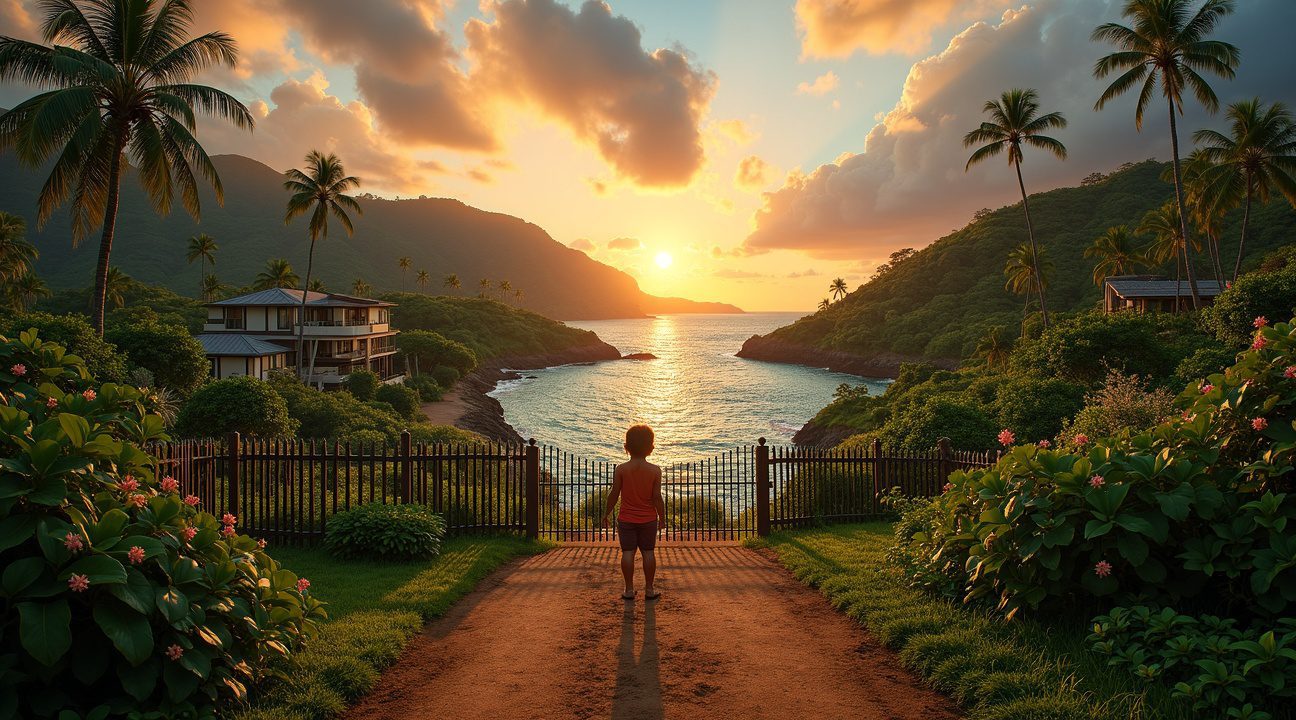
Sources:
The New Daily (Article: “Zuckerberg expands secretive Hawaiian compound”)
Times of India (Article: “What’s making some locals unhappy with Mark Zuckerberg …”)
Beat of Hawaii (Article: “Another Huge Piece of Kauai Just Vanished. Visitors Feel It.”)
Realtor.com (Article: “Billionaire Mark Zuckerberg Expands $300 Million …”)
Instagram (ZUCK @zuck SECRETLY EXPANDS HIS KAUAI …)

